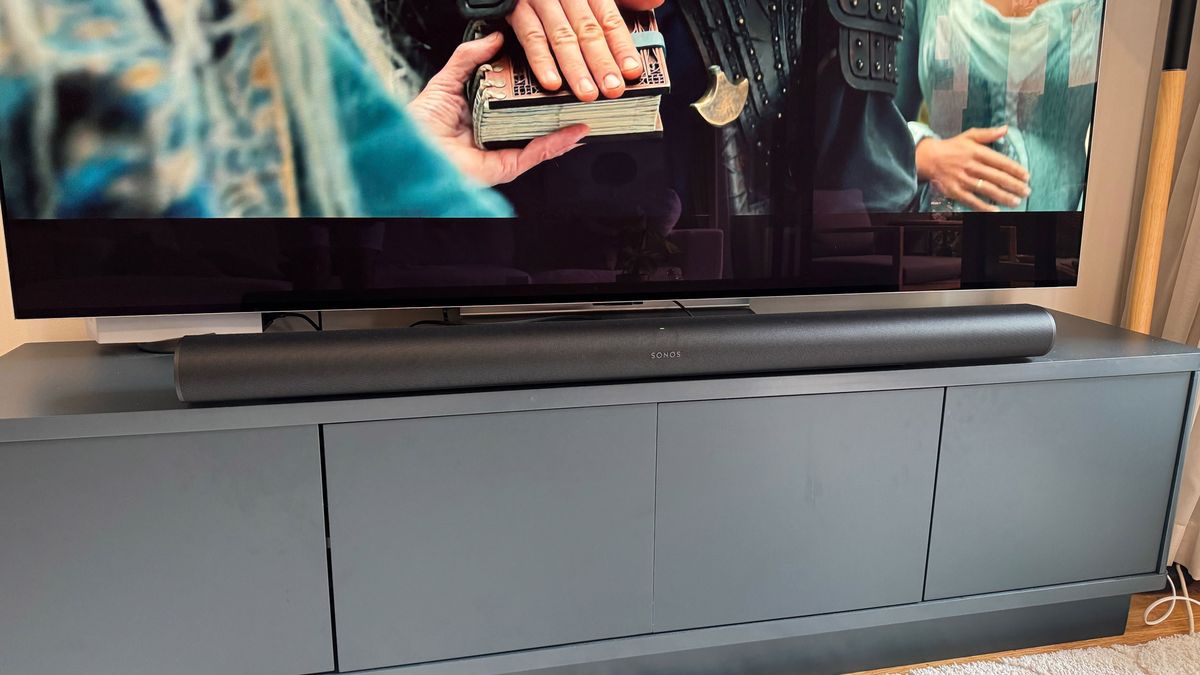A couple of years ago, a team of researchers dedicated to finding killer asteroids before they kill us came up with a neat trick.
Instead of scanning the skies with telescopes for asteroids, the scientists wrote an algorithm that sifts through old pictures of the night sky, discovering about 100 asteroids that had been overlooked in those images.
On Tuesday, those scientists, with the Asteroid Institute and the University of Washington, revealed an even bigger bounty: 27,500 newly identified solar system bodies.
That is more than were discovered by all of the world’s telescopes last year.
“This is a sea change” in how astronomical research will be conducted, said Ed Lu, the executive director of the institute, which is part of the B612 Foundation, a nonprofit group that Dr. Lu helped found.
The finds include about 100 near-Earth asteroids, the space rocks that pass within the orbit of Earth. None of the 100 appear to be on a collision path with Earth anytime soon. But the algorithm could prove a key tool in spotting potentially dangerous asteroids, and the research assists the “planetary defense” efforts undertaken by NASA and other organizations around the world.
Most of the space rocks identified by the institute lie in the main asteroid belt, between the orbits of Mars and Jupiter. Others, known as Trojans, are trapped in the orbit of Jupiter. The search also found some small worlds much farther out known as Kuiper belt objects, beyond the orbit of Neptune.
“A lot of great science in here,” said Dr. Lu, a former NASA astronaut who noted in the future the key to astronomical discovery might not be more observing time on telescopes but rather more powerful computers to churn through vast troves of observations already gathered.
Historically, astronomers spotted new planets, asteroids, comets and Kuiper belt objects by photographing the same swath of sky multiple times during one night. The pattern of distant stars and galaxies remain unchanged. But objects that are much closer, within the solar system, move noticeably within a few hours.
Multiple observations of a moving object, called a “tracklet,” sketch out its path, providing enough information to give astronomers a good idea of where to look on another night and pin down its orbit.
Other astronomical observations inevitably include asteroids, but only at a single time and place, not the multiple observations needed to assemble a tracklet.
The 412,000 images in the digital archives of the National Optical-Infrared Astronomy Research Laboratory, or NOIRLab, contain some 1.7 billion dots of light that appear in a just a single image.
The algorithm used in the current research, known as Tracklet-less Heliocentric Orbit Recovery, or THOR, is able to connect a dot of light seen in one image with a different dot of light in a different image taken on a different night — sometimes by a different telescope — and figure out that these two dots are actually the same object, usually an asteroid that has shifted positions as it orbits the sun.
THOR’s identification of asteroid candidates across disparate images is a daunting computational task, one that would have been impossible not too long ago. But Google Cloud, a distributed computing system, was able to perform the calculations in about five weeks.
“This is an example of what is possible,” said Massimo Mascaro, technical director in Google Cloud’s office of the chief technology officer. “I can’t even quantify how much opportunity there is in terms of data that is already there collected, and, if analyzed with the proper computation, could lead to even more results.”
Dr. Lu said the improved software tools have made it easier to tap into the computing power. When scientists no longer need a giant software engineering team to search their data, “that’s when sort of really interesting things can happen,” he said.
The THOR algorithm could also transform operations of the new Vera C. Rubin Observatory in Chile, which is expected to start operations next year. The 8.4-meter telescope, financed by the National Science Foundation and the Department of Energy, will repeatedly scan most of the night sky to track what changes over time.
Currently, the Rubin telescope is to scan the same part of the sky twice a night, a cadence designed to spot asteroids. With THOR, the telescope might not need the second pass, which could allow it to cover twice as much area.
“Most science programs would be happy to to shift from base-line cadence with two observations to just one observation per night,” said Zeljko Ivezic, a professor of astronomy at the University of Washington who serves as director of Rubin construction.
The algorithm could increase the number of asteroids that Rubin can find, perhaps enough to meet a mandate passed by Congress in 2005 to locate 90 percent of near-Earth asteroids that are 460 feet in diameter or larger.
“Our latest estimates say about 80 percent,” Dr. Ivezic said. “With THOR, maybe we can push it to 90 percent.”





